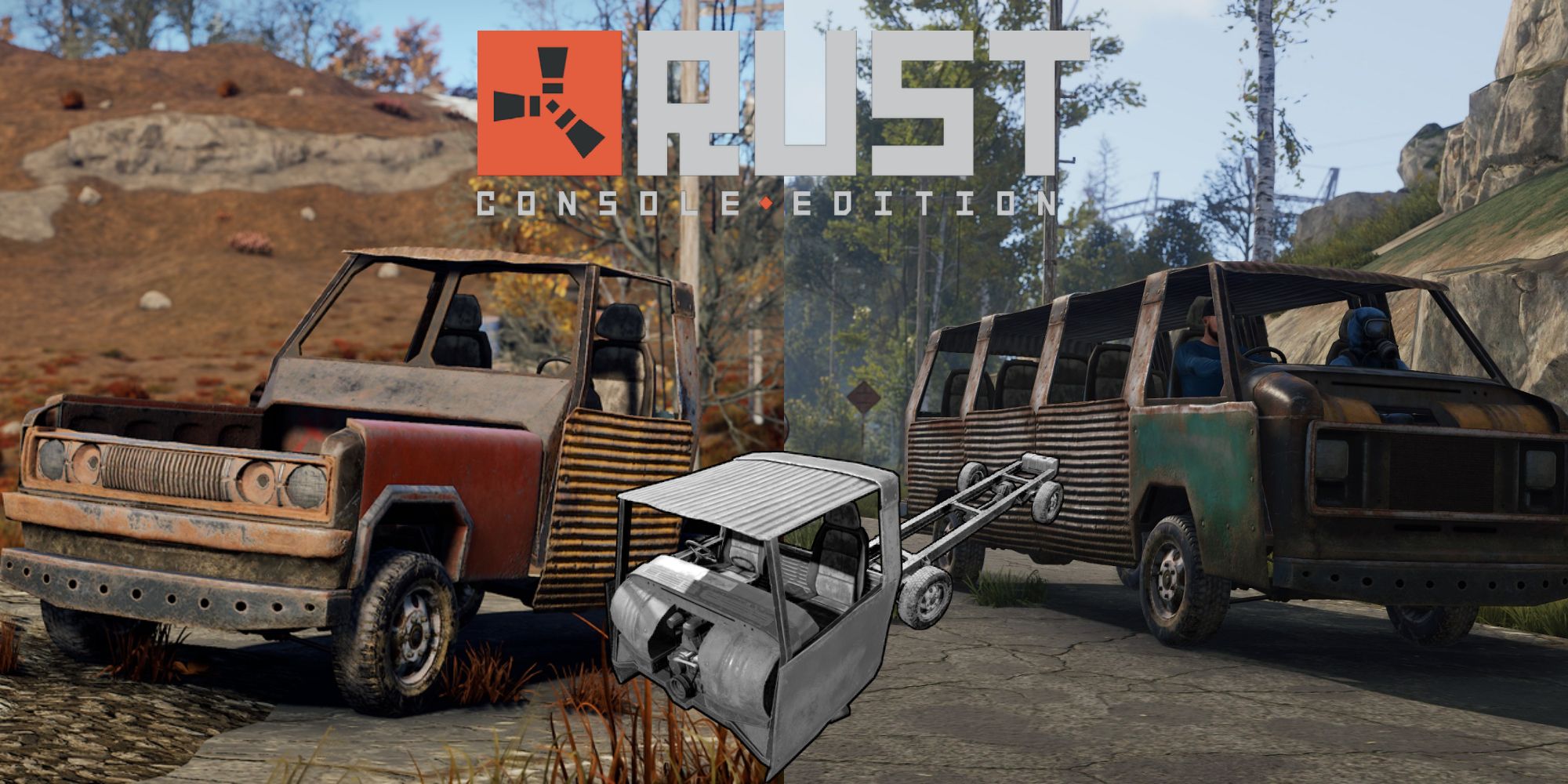
Rust was released on PC eight years ago. Cars were added to the game just last year. Gone are the days when the best mode of transportation was by foot. New and returning players may have no idea that cars play a pivotal role in Rust this year.
RELATED: Rust: How to Get Food
With the release of Rust's Console Edition, thousands of new controller players will be joining the community as well. These beginners will want to know a thing or two about cars. With these tips, survivors will be able to master the most efficient way of traversing the island.
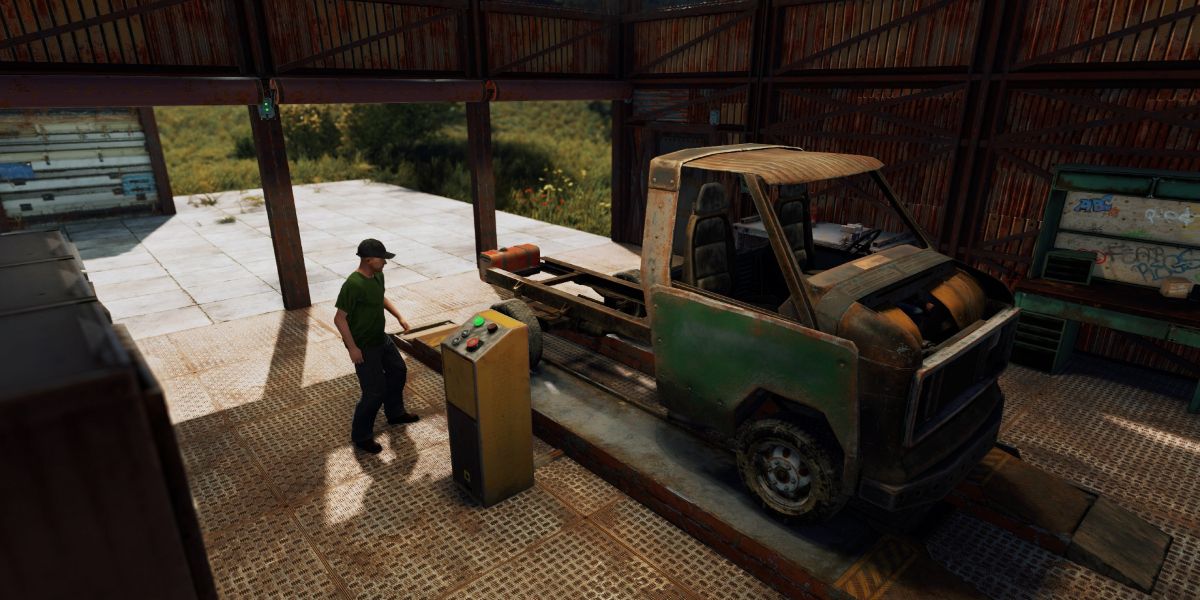
Cars are crafted items in Rust, this means that players will have to gather a few materials and research the designs beforehand. The first thing people will need is a Car Lift. The Lift can be purchased at the Bandit Camp for 175 scrap. In the alternative, it can be researched for 125 scrap and crafted with 1,000 metal fragments, 10 high-quality metal, and 3 gears.
RELATED: Rust: Everything You Need To Know About Building Bases
The lift can be placed on 7x3 square and requires just one power. Because the completed car will need to drive off the lift, it must be placed in a location that allows the car to reverse down once the lift is lowered. To lower a car, it must at least have an engine and cockpit module. Survivors can purchase and duplicate locks for a car, but these locks can be broken if a car falls below 50% health.
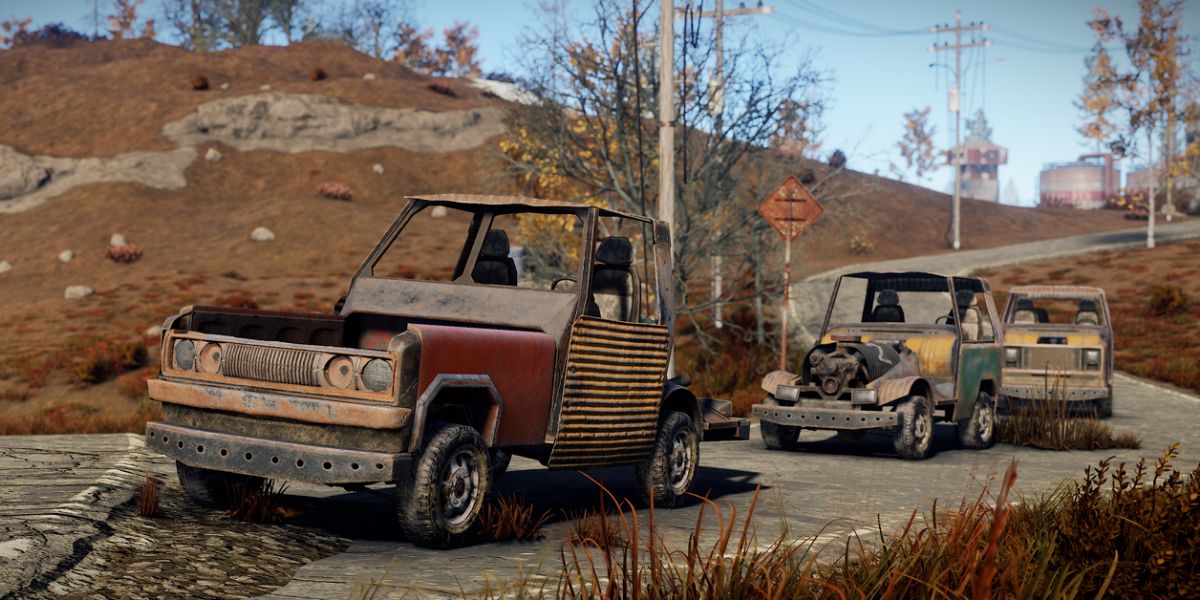
The best places to find a car to upgrade are along roads and at gas stations. Cars seem to spawn in less populated areas of the map, far from the POIs on the island. To get the car to start, survivors will need to have the requisite parts to repair the engine, as well as fuel. Gamers can find low-quality parts in toolboxes at gas stations and abandoned supermarkets.
RELATED: Rust: 25 Pro Tips You Need To Know
Players can buy engine parts and research/craft them as well. Medium quality parts are sometimes located in the vehicles that spawn at gas stations. Like lower quality parts, medium quality parts are on sale at the Bandit Camp or researchable. High-quality engine parts can only be purchased at the outpost by survivors for scrap. Users need 5 engine parts to get a car up and running. The higher the quality of the vehicle's parts, the better the car will perform, and the more durable the parts will be.
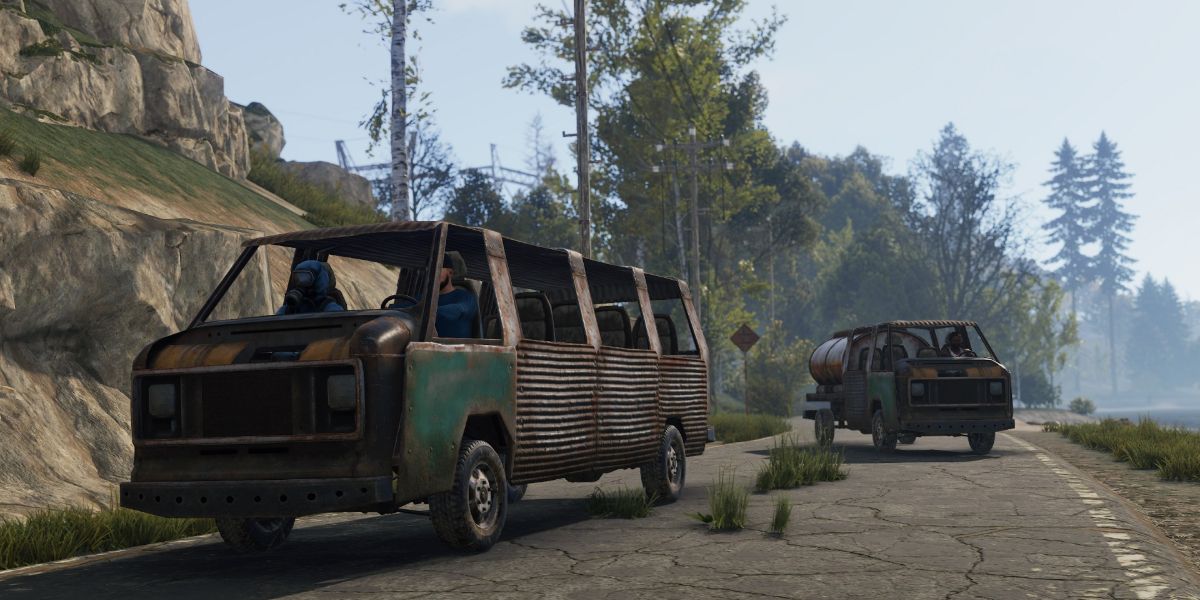
There are two different types of engines in Rust, and each has different part requirements. The standard engine module needs the following parts to be operational:
- 1 Crank Shaft
- 1 Carburetor
- 2 Valves
- 2 Spark Plugs
- 2 Pistons
Cockpit and engine car modules are easier to get up and running and only need 5 parts. Gamers will need the following:
- 1 Crank Shaft
- 1 Carburetor
- 1 Valve
- 1 Spark Plug
- 1 Piston
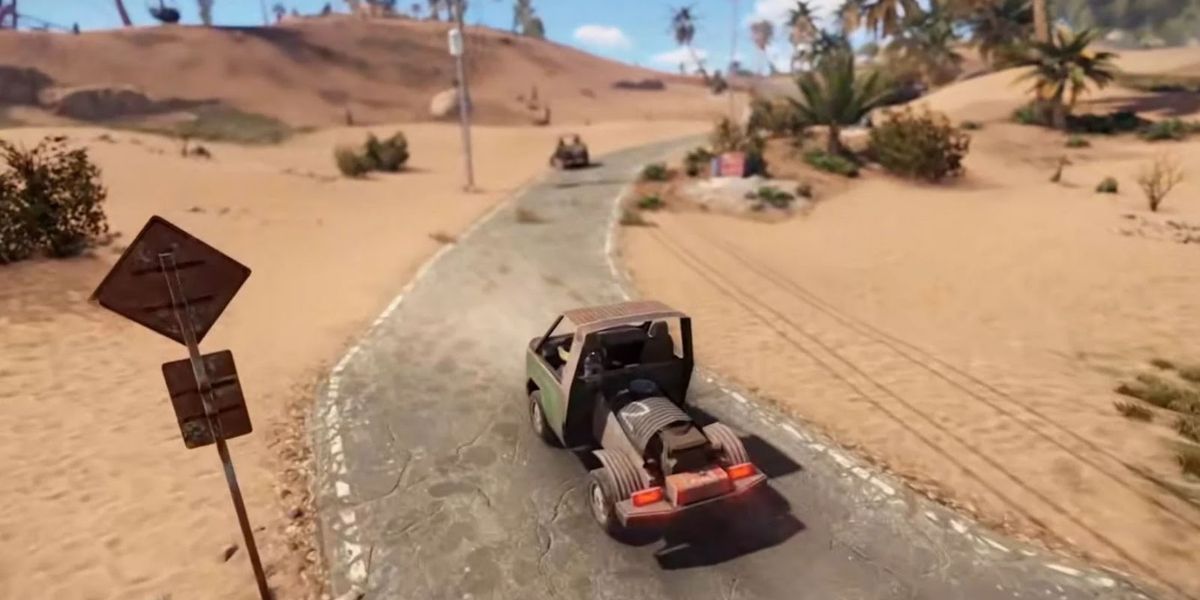
There are a total of three different types of car frames in Rust. The first has two modules, the second has three modules, and the third has up to four modules. This section will cover all of the modules in the game. Survivors need to spend 125 scrap to research modules, which be crafted with different combinations of metal fragments, high-quality metal, and wood. Unlike the other modules, gamers need a level 2 workbench to craft an armored cockpit.
The simple cockpit module has two seats and a total of 360 health. It will only take up one module slot.
These modules are easier to find the parts for but at the cost of a less powerful engine. Additionally, the module has more health than a standard cockpit module.
Cockpits without a built-in engine will need to mount an engine module in one of the vehicle's slots. The engine can take up to 300 damage.
The Armored Cockpit provides an additional 340 health compared to the standard option. The module seats two and takes up just one slot.
Fuel tank modules take up two module slots and can hold up to 200k ml of liquids. The large module can withstand 325 points of damage.
There is a one slot and two slot flatbed module in Rust. The two slot module provides additional standing room for survivors.
One storage module provides 18 inventory slots and takes up just one module slot. The module has 275 health.
Survivors that play in a squad will want to expand their vehicle further. Rear seats allow two additional player seats and the module has a total of 275 health.
For even more seating, the passenger module has four additional seats to transport passengers. However, the upgrade will take up two module slots, so it can only be used on 3 or 4 module cars. The passenger module has 525 health.
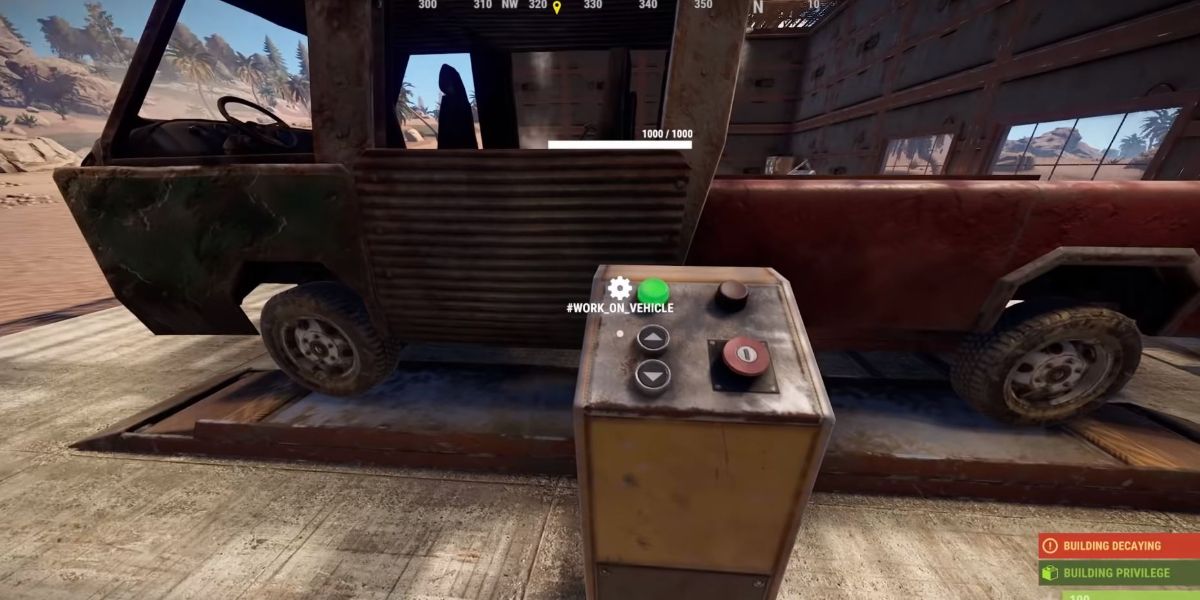
Players need to understand that cars are not built for off-roading, as small bumps and collisions will cause damage to the modules. If all the modules have zero health, the car will cease to work and break apart. Players can repair damaged modules in the shop (on the lift) or with a hammer.
Depending on the part, repairs will require metal fragments, wood, or high-quality metal. Gamers also need to keep in mind that cars will slowly decay if left in the elements. Under shelter, a car will be usable for up to 30 hours without repairs. Without shelter, cars will last just 3 hours of game time.

